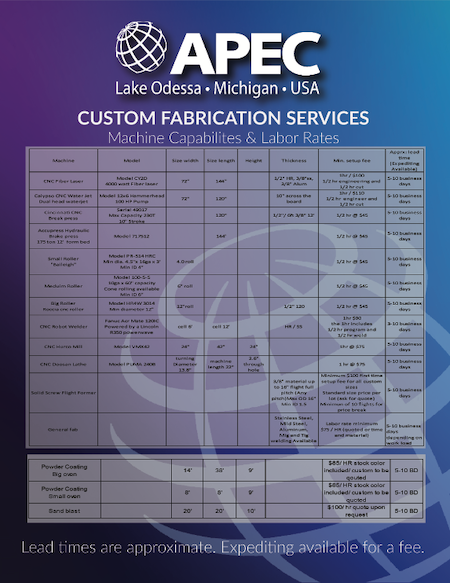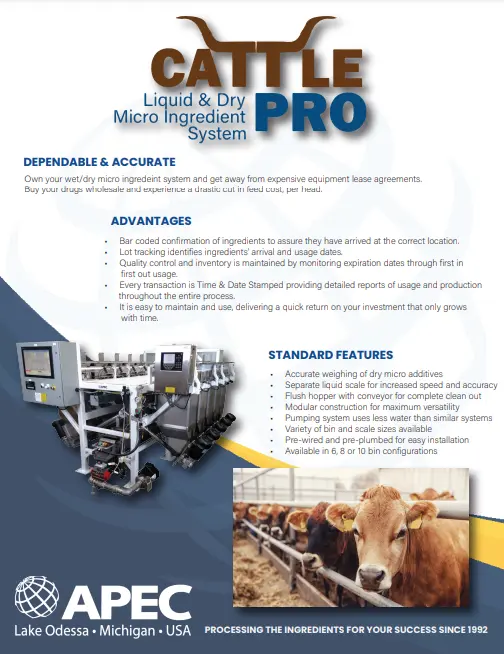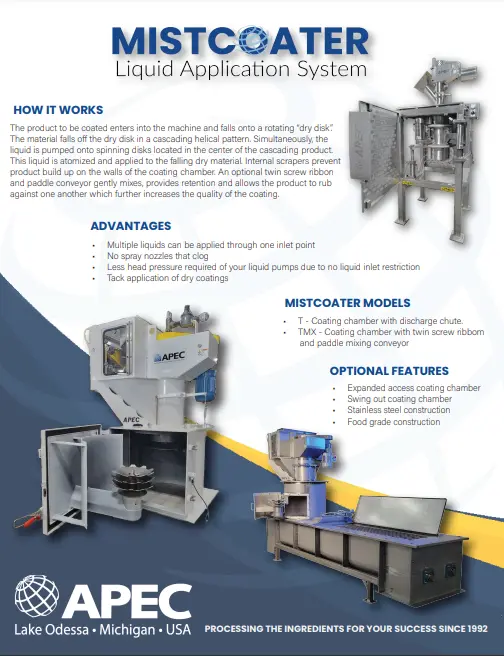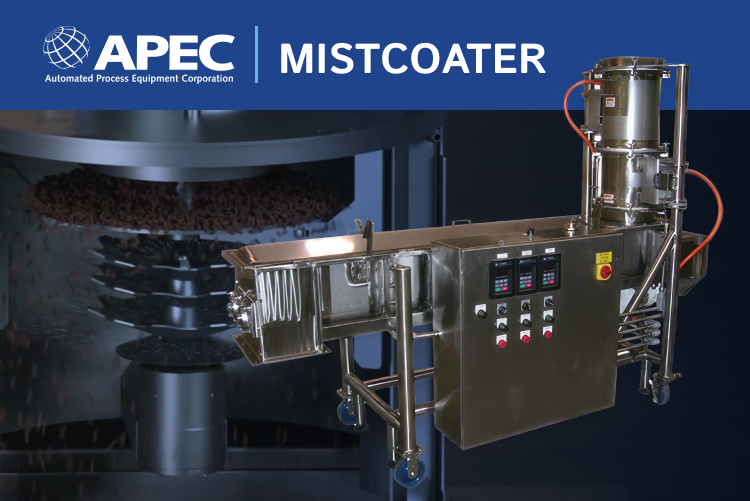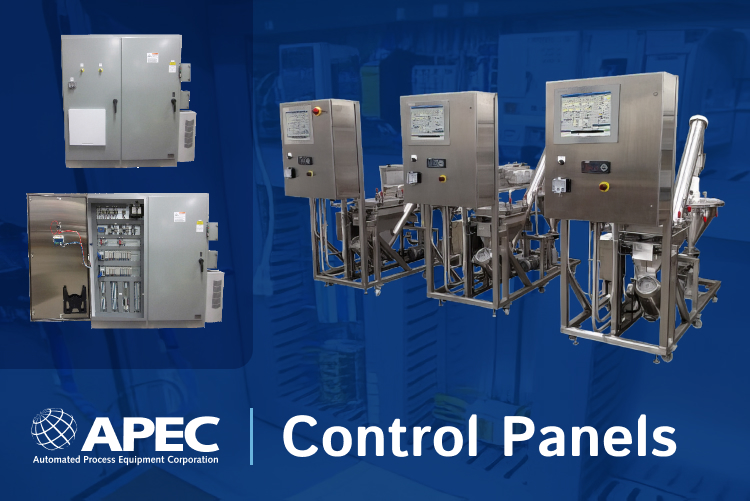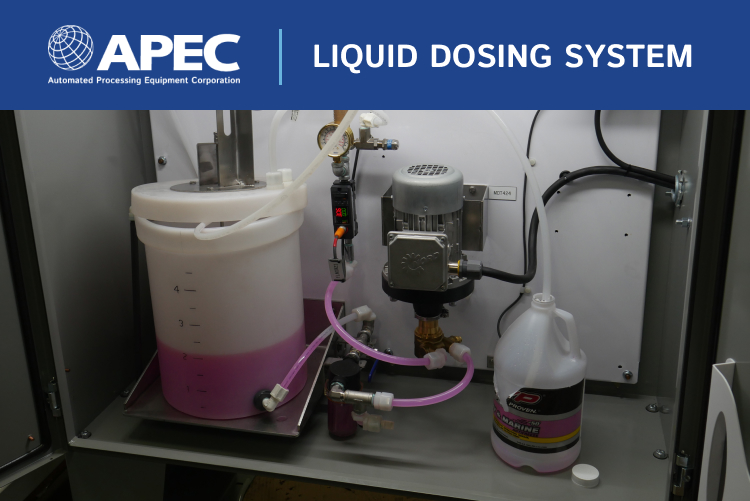
The ROI calculation for automated systems too often comes down to direct labor costs versus the cost of automation equipment. However, there are many aspects to consider. The value and cost-savings realized through automation goes beyond direct labor. If you are thinking about adding or enhancing automation at your facility, consider how the following hidden expenses can be eliminated.
6 Hidden Expenses Eliminated Through Automation
1. Downtime
People are more sensitive to their environment than machines, and will need to rest more often in extreme temperatures or humidity. A person will also become tired or distracted when performing repetitive tasks for long periods of time. Socializing is also important to maintain good productivity and morale, and part of what makes a workplace more desirable. All of these things ultimately amount to additional downtime; required breaks, chatting between tasks, late starts and more. It’s unrealistic and, often, negatively impacts productivity to strictly forbid these types of downtime. However, a machine requires only enough downtime for maintenance. Eliminating these small breaks can add up quickly.
2. Error
People make mistakes. These mistakes might be small, within tolerances, or they might result in product defects and waste. In other cases, these mistakes result in more downtime or slow-downs to fix, or might even endanger other employees. Mistakes can also put expensive assets at risk and increase liability insurance costs.
Of course, machines will do as they are programmed. If they are installed, programmed and maintained correctly, a machine will perform a task within a margin of error every time. Ideally, a person will oversee and verify that a machine is working properly, and have the skills and expertise to fix any problems that arise.
3. Quality Control
Mistakes can cause problems with finished products, however contamination and adulteration are also concerns. Contamination can occur if an employee doesn’t wash their hands properly before handling products or ingredients, or isn’t wearing proper protective gear, such as hair nets. Adulteration occurs when an employee purposely changes a recipe, either adding too much or too little of an ingredient, or adding a foreign ingredient. Whether added deliberately or accidentally, some foreign ingredients, such as pest repellent or cleaning chemicals kept on-site, can be extremely dangerous.
Automation can help to keep recipes on-track with exact measuring, and prevent adulteration or contamination by reducing hand-add opportunities. This can eliminate a variety of costs and risks, including product and ingredient losses, lawsuits, liability insurance, lost reputation and lost sales, and more.
4. Indirect Labor Costs
Automated equipment will reduce total wage expenses, but that is far from the only labor cost. Indirect labor costs such as healthcare benefits, retirement benefits, sick leave, vacation, worker’s compensation, and more all contribute to labor costs, and can be eliminated with automation.
5. Lawsuits
Keeping employees and customers safe requires vigilance and attention to detail. A lapse in safety protocols, training, or a simple mistake can endanger human health and safety, and create grounds for expensive litigation. Taking humans out of harm’s way and automating especially dangerous tasks can help to reduce dangers and lawsuits by employees. Automating processes that are vulnerable to contamination can also help to reduce liability. When considering automation, take a closer look at lawsuits and hazards in your industry, and consider how these costs and risks might be eliminated.
6. Regulatory Compliance
OSHA, the FDA, the USDA and EPA all require that certain safety and quality control standards be met to protect employees, consumers and the public. Record-keeping is an important part of this process. Automating production, labeling, tracking, and cleaning processes can make record-keeping easier and more accurate. A person might forget to mark a sheet, mark the wrong column, or enter the wrong number into the system. A machine or a sensor can send information directly to the system, making real-time records that are accessible at any time.
To get an accurate ROI valuation on automation, consider all the costs associated with labor, quality control, liability and production. Some of these costs may be small and add up over time, while others may be big, infrequent expenses. Consider each carefully when making your decision, and consider how these expenses might grow or shrink in the future with production.


